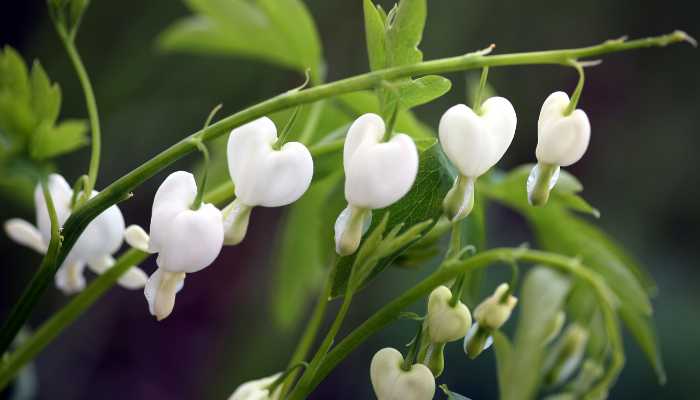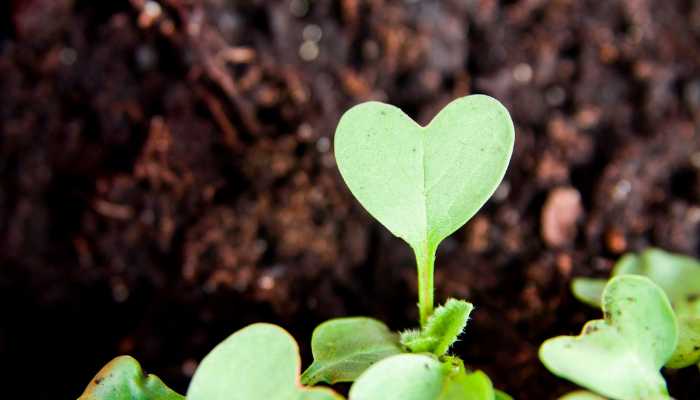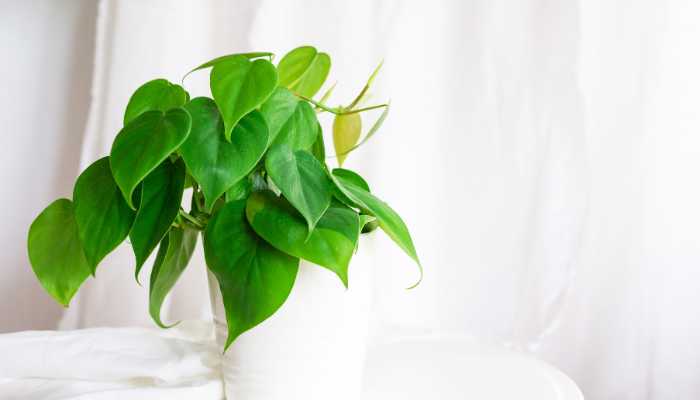Introduction
Have you ever wondered how to grow and care for a heart plant? These attractive plants, known for their heart-shaped leaves, can add a touch of nature’s beauty to any space.
In this article, we’ll explore everything you need to know about cultivating and maintaining a healthy heart plant.
Let’s dive in and get started!
Heart Plant Table of Contents
What is a Heart Plant?
The Heart Plant, also known as Hoya kerrii or Sweetheart Plant, is a popular houseplant admired for its heart-shaped leaves. These leaves can be a single heart or grow in clusters, creating a lush, green display. Native to Southeast Asia, the Heart Plant is a succulent vine that can thrive indoors with proper care.
Choosing the Right Location
To ensure your Heart Plant flourishes, select a location with bright, indirect sunlight. Avoid placing it in direct sunlight, which can scorch the leaves. A windowsill with filtered light or an area with dappled shade is ideal.

Soil Requirements
Heart Plants prefer well-draining soil to prevent root rot. Use a cactus or succulent mix, or create your own blend by mixing regular potting soil with perlite or sand. This combination allows for adequate drainage while retaining enough moisture for the plant.
Planting the Heart Plant
When planting your Heart Plant, choose a pot with drainage holes to prevent waterlogging. Fill the pot with the prepared soil mix, place the plant in the center, and gently cover the roots with more soil. Water the plant lightly after planting to help it settle.
Watering Guidelines
Heart Plants do not require frequent watering. Allow the soil to dry out between waterings, then water thoroughly. Overwatering can lead to root rot, so it’s essential to let the soil dry out completely before watering again. During the winter months, reduce watering frequency as the plant’s growth slows down.
Light Requirements
These plants thrive in bright, indirect light. Too much direct sunlight can damage the leaves, while too little light can slow growth. If your Heart Plant is not receiving enough light, consider moving it to a brighter location or using a grow light to supplement natural light.

Temperature and Humidity
Heart Plants prefer warm temperatures between 60-80°F (15-27°C). They can tolerate average household humidity levels but will benefit from occasional misting or a humidity tray, especially in dry environments.
Fertilizing Your Heart Plant
Feed your Heart Plant with a balanced, water-soluble fertilizer every 4-6 weeks during the growing season (spring and summer). Dilute the fertilizer to half strength to avoid over-fertilizing, which can harm the plant.
Pruning and Maintenance
Pruning helps maintain the shape and health of your Heart Plant. Remove any dead or yellowing leaves and trim back leggy growth to encourage bushier growth. Pruning can be done at any time of the year, but it’s best to do it during the active growing season.
Image | Product Name | Review | Price |
Common Pests and Diseases
While Heart Plants are relatively pest-resistant, they can occasionally suffer from mealybugs, aphids, or spider mites. If you notice any pests, treat the plant with insecticidal soap or neem oil. Overwatering can lead to root rot, so ensure your plant is in well-draining soil and avoid letting it sit in water.
Propagation Methods
Propagating a Heart Plant is relatively simple. The most common method is through stem cuttings. Cut a healthy stem with a few leaves and place it in water or soil to root. Keep the cutting in a warm, bright location, and roots should develop in a few weeks.
Potting and Repotting
Repot your Heart Plant every 2-3 years or when it outgrows its current pot. Choose a slightly larger pot with drainage holes and use fresh soil mix. Repotting is best done during the growing season to minimize stress on the plant.
Seasonal Care Tips
During the growing season, ensure your Heart Plant receives adequate light, water, and nutrients. In the winter, reduce watering and fertilizing as the plant’s growth slows. Keep the plant away from cold drafts and maintain a stable temperature to prevent stress.
Read More
Troubleshooting Common Issues
- Yellowing leaves: Often caused by overwatering. Allow the soil to dry out before watering again.
- Wilting leaves: Could indicate underwatering. Check the soil moisture and water if dry.
- Slow growth: May be due to insufficient light. Move the plant to a brighter location.
Benefits of Heart Plant
Heart Plants are not only visually appealing but also help improve indoor air quality by removing toxins. They are low-maintenance, making them ideal for both novice and experienced plant enthusiasts. Their unique heart-shaped leaves also make them a perfect gift for loved ones.
Conclusion
Caring for a Heart Plant is a rewarding experience that brings a touch of nature indoors. By following these guidelines on planting, watering, and maintaining your plant, you can enjoy the beauty and benefits of a healthy Heart Plant for years to come. Remember, with a little love and attention, your plant will thrive and add a charming touch to your home.
Heart Plant FAQs
How often should I water my Heart Plant?
Water your Heart Plant when the soil is completely dry. This typically means every 1-2 weeks, depending on the environment.
Can Heart Plants tolerate low light?
While Heart Plants can survive in low light, they thrive best in bright, indirect light. Low light may result in slower growth.
How do I know if my Heart Plant needs repotting?
Repot your Heart Plant if you notice roots growing out of the drainage holes or if the plant becomes root-bound. This is usually every 2-3 years.
What should I do if my Heart Plant gets pests?
If you notice pests like mealybugs or aphids, treat the plant with insecticidal soap or neem oil. Ensure proper plant care to prevent infestations.
Can I grow a Heart Plant from a single leaf?
Yes, you can propagate a Heart Plant from a single leaf, although it may take longer to develop into a full plant. Ensure the leaf has a portion of the stem attached for successful rooting.




















